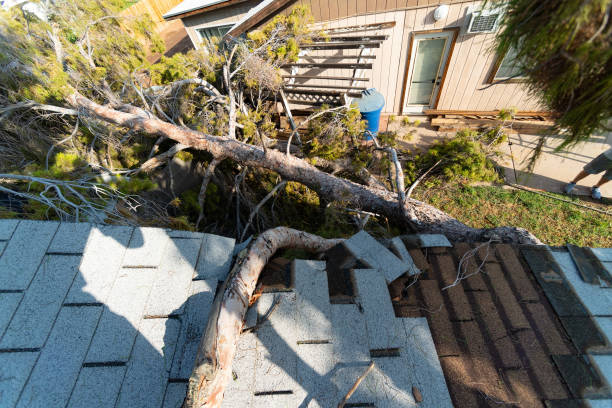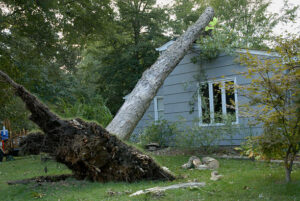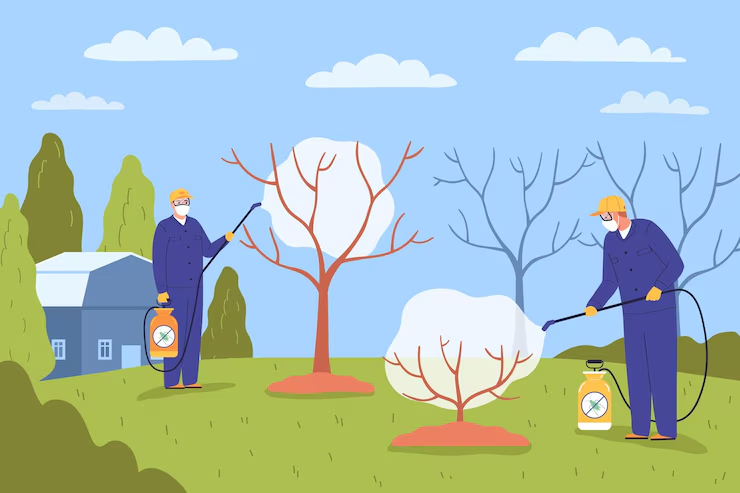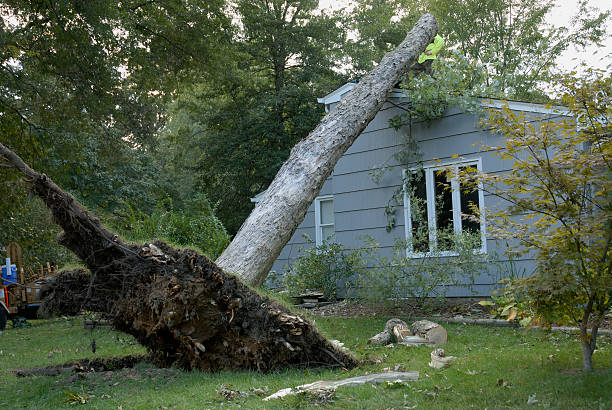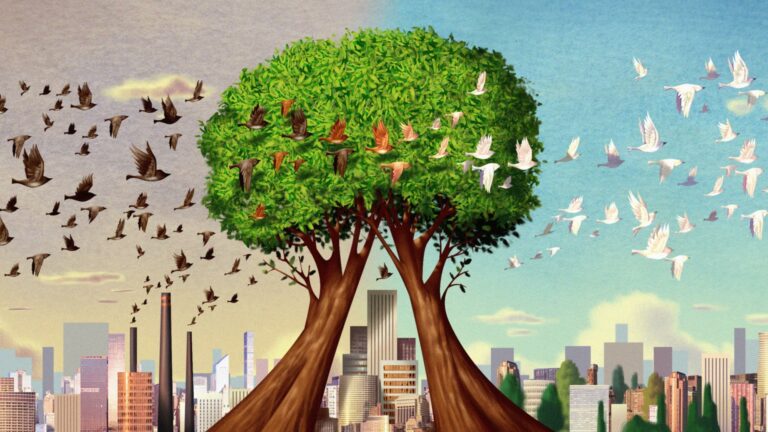Tree Cutting vs. Tree Trimming: Understanding the Difference
Tree care isn’t just about keeping your yard looking nice—it’s about safety, health, and long-term maintenance.
But let’s be real: most people don’t know the difference between tree cutting and tree trimming.
Are they the same thing? Nope.
One is about removal, the other is about maintenance.
Here’s everything you need to know to avoid costly mistakes and keep your trees in top shape.
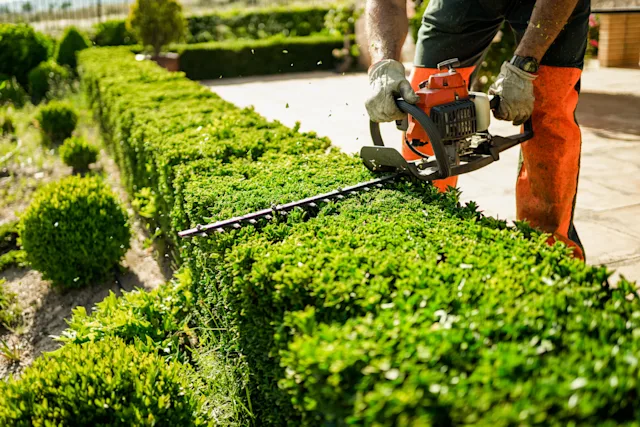
What is Tree Cutting?
Tree cutting is exactly what it sounds like—removing a tree completely.
This is not about shaping or trimming; it’s about taking down a tree for good.
When is Tree Cutting Necessary?
- Dead or Dying Trees – A dead tree is a safety hazard. It can fall unexpectedly, causing damage or injury.
- Pest Infestation or Disease – If a tree is infected, it can spread disease to other trees.
- Storm-Damaged Trees – High winds and storms can weaken a tree, making it dangerous.
- Encroaching Roots – Roots can crack sidewalks, damage foundations, or interfere with plumbing.
- Land Development – Sometimes, trees need to be removed for construction projects.
The Tree Cutting Process:
- Assessment: A professional arborist evaluates the tree’s health and risk factors.
- Planning: A safe removal strategy is developed, especially for trees in tight spaces.
- Cutting: The tree is carefully taken down, either in sections or all at once.
- Stump Removal: Many tree-cutting services offer stump grinding to prevent regrowth.
If a tree is in bad shape or a major safety risk, cutting it down is the only option.
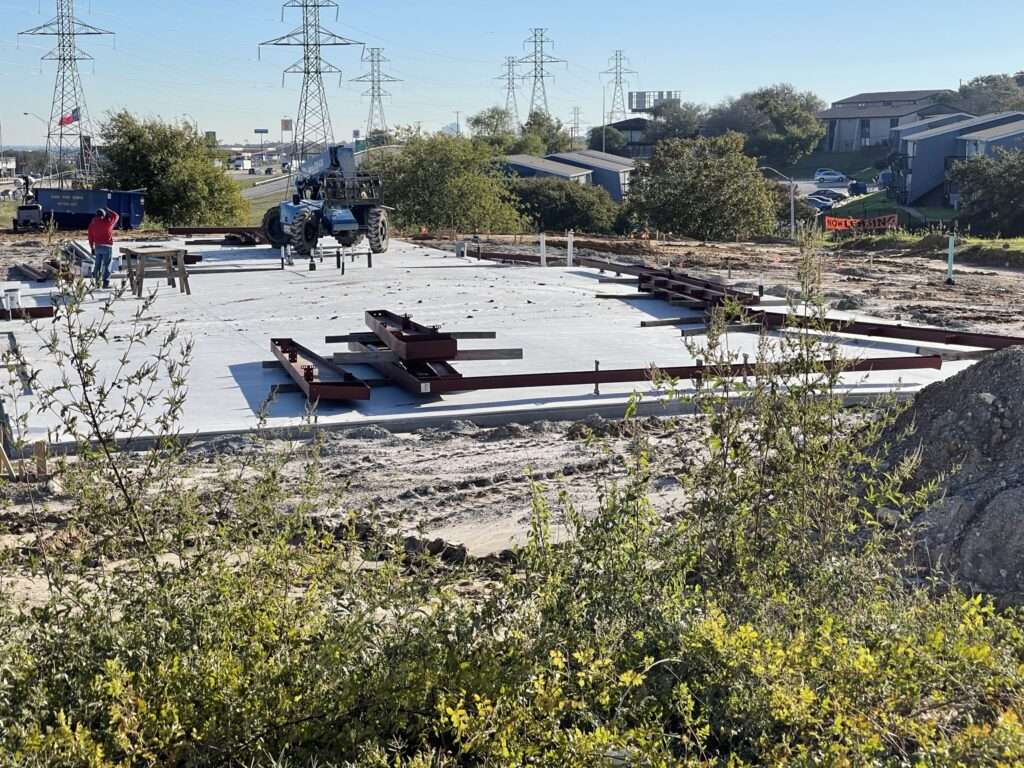
What is Tree Trimming?
Tree trimming is about maintenance, not removal.
Think of it like a haircut for your tree—keeping it neat, healthy, and growing strong.
Why is Tree Trimming Important?
- Promotes Healthy Growth – Removing weak or dead branches helps the tree thrive.
- Prevents Hazards – Overgrown limbs can fall, hit power lines, or damage property.
- Enhances Aesthetics – A well-trimmed tree looks better and adds curb appeal.
- Improves Sunlight & Airflow – More light and air circulation mean a healthier tree.
Types of Tree Trimming:
- Crown Thinning – Selectively removing branches for better airflow and light penetration.
- Deadwooding – Removing dead or diseased branches to prevent decay.
- Shaping & Aesthetic Pruning – Maintaining a tree’s natural form.
- Crown Raising – Removing lower branches to clear pathways or structures.
Tree trimming keeps your trees healthy, safe, and looking their best—without cutting them down.
Tree Cutting vs. Tree Trimming: Which Do You Need?
- If the tree is dead, dangerous, or causing major structural issues → CUT IT.
- If it just needs shaping, maintenance, or minor branch removal → TRIM IT.
Still unsure? A professional arborist can help you decide.
How Often Should You Trim or Cut Trees?
- Tree cutting – Only when necessary (dangerous, diseased, or unwanted trees).
- Tree trimming – Once a year for most trees. Fast-growing trees may need more frequent trimming.
Hiring a Professional vs. DIY
Can you trim or cut a tree yourself? Maybe.
But should you? Probably not.
Why Hire a Professional?
- Safety: Cutting down trees can be dangerous—especially near homes or power lines.
- Expertise: Arborists know how to trim trees without harming them.
- Proper Equipment: Climbing, chainsaws, and stump grinders require skill and training.
- Legal Considerations: Some cities require permits for tree removal.
Need professional help? Check out these tree removal and trimming services:
Tree Removal Services in Arlington
Tree Trimming & Pruning Services
FAQs About Tree Cutting & Tree Trimming
1. How do I know if my tree needs trimming or cutting?
If the tree is healthy but overgrown, trim it. If it’s dead, diseased, or dangerous, cut it down.
2. When is the best time to trim a tree?
Late winter or early spring—before new growth starts.
3. Can trimming a tree kill it?
Only if done incorrectly. Over-trimming can weaken the tree.
4. How much does tree trimming cost?
Anywhere from $100 to $1,000, depending on the tree size and location.
5. How much does tree cutting cost?
Between $300 and $3,000—big trees cost more to remove.
6. Do I need a permit to remove a tree?
Some cities require permits. Check your local regulations before cutting a tree.
7. What’s the difference between tree pruning and tree trimming?
Pruning is more about health, while trimming focuses on shape and aesthetics.
Final Thoughts
Tree care isn’t complicated—once you know the difference between cutting and trimming.
Cutting = Removal (when necessary)
Trimming = Maintenance (for health and appearance)
Still unsure? Get a pro to check it out.

